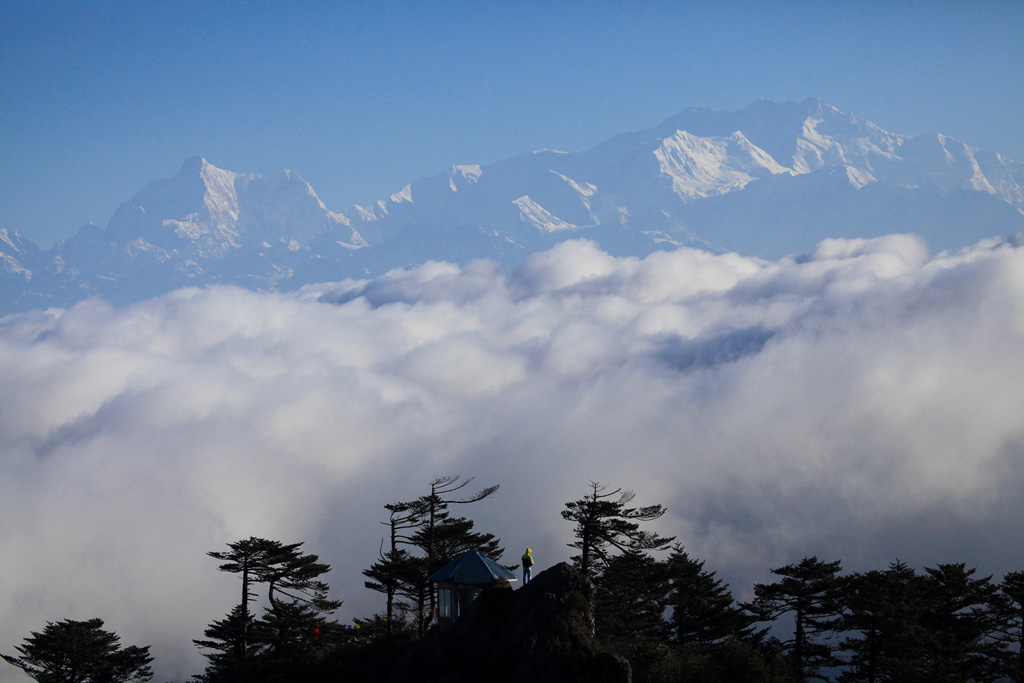If you are searching for an offbeat location for a weekend gateway near Darjeeling that has the beauty and glory of a hill station but is untouched by the tourists at large, Dhotrey or Dhotre can be the one. Situated within the radius of Singalila National Park, it is just 43 km from Darjeeling town. This place can be accessed easily from Bagdogra Airport or New Jalpaiguri Railway Station.
A part of the Eastern Himalayas, Dhotrey is situated at an altitude of 8500 feet above sea level. This hidden Himalayan village is a paradise for bird watchers and nature lovers. It is the place from where the full range of Kanchenjunga is visible. One can experience the majestic beauty of the sleeping Buddha, as these ranges are often referred to. The village is also the base camp for different trekking expeditions to Tonglu, Phalut, and Sandakphu.
What is the best time to visit Dhotrey?
The weather remains best from October to January, and you can expect to gain a clear view of the beautiful Kanchenjunga ranges during this time. Just before the summer from March to early April, is a good time to visit this village. During this time, the air is filled with the smell of rhododendrons and magnolias. These blossoms add to the natural beauty of the place and create a surreal atmosphere.
What to do?
This place is popular among the hikers as they begin their journey to Sandakphu or Phalut from here. The region falls under Singalila National Park and is home to many different species of birds. So, bird watchers get to see wide varieties in this area. It is an ideal place if you are trying to get away from the hustles and bustles of city life. The village with splendid natural beauty and a quiet and calm atmosphere with highly hospitable inhabitants will give you exceptional peace of mind.
Where to stay?
Homestays are the only option available in this place. Most of these accommodations provide all the basic amenities and offer comfortable stays.
